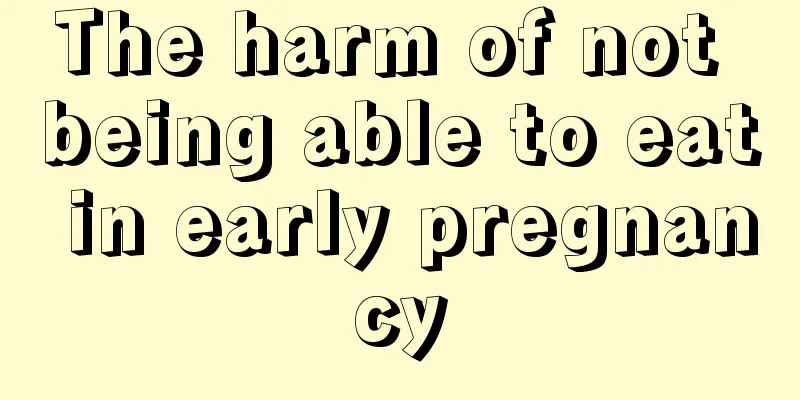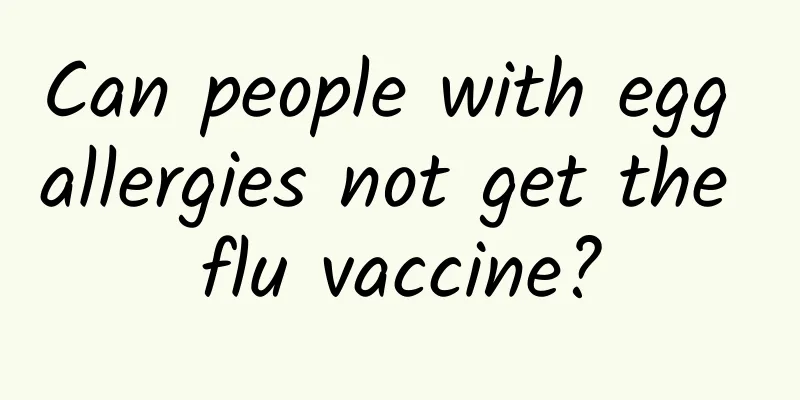Why is the effect of "anti-inflammatory drugs" on children not good? The reason behind it is very worrying

|
Expert interviewed: Cheng Jun, Director of Pediatric Emergency and Intensive Care Unit, Northwest Women and Children's Hospital, Chief Physician Recently, Mycoplasma pneumoniae infection is at its peak, causing many children to be infected, and a peak in pediatric outpatient visits has occurred in many places. At the same time, the drug resistance of "azithromycin", one of the first choice drugs for the treatment of Mycoplasma pneumonia, has also attracted attention. Cheng Jun, director of the pediatric emergency and intensive care unit and chief physician of the Northwest Women and Children's Hospital, said that based on the current actual diagnosis and treatment of mycoplasma infection, some children do have azithromycin resistance. Most of them will have improved symptoms after switching to tetracyclines, quinolones and other antibiotics. The overall severity of mycoplasma pneumonia is high, but the proportion of critical cases is not very high. In fact, the problem of azithromycin resistance did not emerge only in this wave of mycoplasma infection. Cheng Jun said that azithromycin resistance has long been prevalent around the world. According to some epidemiological surveys, the resistance rate in some regions has exceeded 90%. This is partly due to the high proportion of azithromycin used in outpatient clinics, which may be used for daily treatment of cough and fever, and partly due to the abuse of antibiotics. Many parents found that their children had a cold and cough, and based on experience, they gave their children "anti-inflammatory drugs" (that is, antibiotics). Over time, the bacteria developed resistance, and the originally effective drugs may become ineffective. Previously, the World Health Organization has announced that antibiotic resistance is one of the top ten threats to global public health. "Compared with adults, children have a more serious problem of antibiotic resistance." A study published in The Lancet Regional Health-Southeast Asia on October 31 pointed out that after studying 24 hospitals in 8 countries in the Asia-Pacific region, it was found that many drugs for treating common infections in children and infants are no longer effective. For example, aminopenicillin is only effective for 26% of neonatal sepsis and meningitis, while gentamicin and third-generation cephalosporins are only 45% and 29% effective in treating these diseases. China is one of the 8 countries involved in the study. "Such data is not exaggerated." Cheng Jun said that if we do not pay attention to antibiotic management, bacterial antibiotic resistance will continue to increase, which will lead to the weakening of the effectiveness of many antibiotics in controlling various infections. The selection of antibiotics will continue to upgrade, and the toxic side effects will increase. The more serious consequence may be that even if highly sensitive antibiotics are selected, it will be difficult to control the infection. For children, antibiotics will have a significant impact on their growth and development. Once drug resistance occurs, the damage caused may be irreversible, so it is more important to pay attention. Cheng Jun said that antibiotics are only effective in bacterial infections and are ineffective against viral infections. About 90% of outpatient respiratory infections are caused by viral infections. Most viral infections are self-limiting and will gradually recover mainly by relying on self-repair ability. In daily life, if a child has a respiratory infection and does not have serious symptoms such as difficulty breathing, shortness of breath, and a decline in mental state and reaction ability, parents should first use sea salt water to spray or rinse the child's nose to reduce the viral load. If necessary, some symptomatic antipyretics and antiviral Chinese patent medicines can be taken; if fever, cough and other symptoms are severe, or if the symptoms do not improve after 3 days, it is recommended to go to the pediatric outpatient clinic for treatment. Do not blindly buy antibiotics. Generally, antibiotics are included in the words of cillin, cephalosporin, floxacin, mycin, and nitroazole. (Source: Global Times Health Client) |
<<: Be alert if the macula is "ill"! Don't wait until you become blind to regret it...
>>: Mycoplasma outbreak in China? Maybe it's just an illusion
Recommend
How to store fresh Hericium erinaceus for a long time (it can be refrigerated or dried in the sun)
...
Can you still grow lilies after they wither? How to care for lilies after they wither?
Lilies are very common in our daily life. Because...
Why does it smell so bad down there?
Many female friends often suffer from a series of...
What to do if a 12-year-old girl has body odor
Important reminder: Twelve years old is the perio...
Effects and contraindications of gynecological sitting moxibustion
The biggest worry for every female friend after g...
What causes watery leucorrhea to be colorless and odorless?
Leucorrhea is an important indicator of whether a...
Are there any requirements for sitting posture during pregnancy?
Every aspect of life may cause serious harm to pr...
Fiksu: The top 200 free iPhone apps in the US market had 4.06 million downloads in September 2011
Analysis: iPhone app downloads dropped sharply in...
Why do I have chest pain when I am pregnant?
Many women often feel chest pain, especially befo...
Will eating lotus root starch cause internal heat? How to make lotus root starch dumplings
Lotus root powder is made from fresh lotus root. ...
What to do if your legs and knees hurt during confinement
Giving birth is undoubtedly a very painful thing,...
Why do I express milk when I'm not pregnant?
Some women often find some white substance secret...
Is shrimp a seafood? Why are frozen shrimps so crispy and chewy?
Shrimp is made from live shrimps, washed with cle...
Female internal reproductive system anatomy
The female internal reproductive organs include t...









